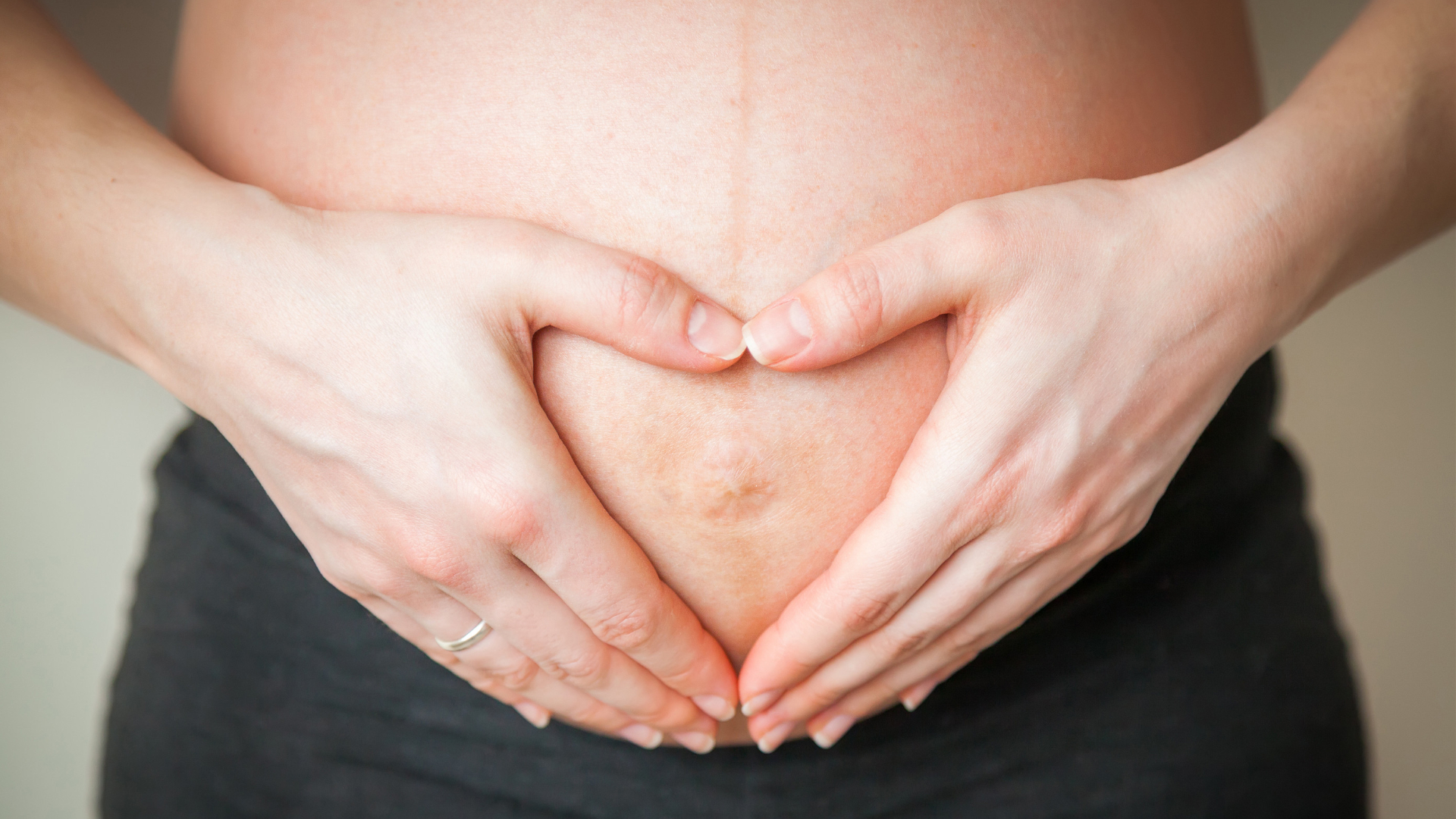Being able to bear a child is probably every woman’s dream if she wants to become a mother. However, fertility issues could arise between two partners that lead to their inability to conceive.
To solve this, fertility treatments such as in vitro fertilization (IVF) were created to help the woman get pregnant, just like what Filipino celebrity couple Jennylyn Mercado and Dennis Trillo initially went through to have their first child.
Back in 2021, the couple went to the United States to start fertility treatments and a surrogacy plan that was supposed to take place in October of that year, until Jennylyn became surprisingly pregnant through natural conception.

The couple then decided to freeze the embryo after finding out the news, preserving it for later use in case they wanted to have a second child.
What is Embryo Freezing?
Embryo freezing is the process of freezing the embryos or fertilized eggs, which are created during in vitro fertilization (IVF), to preserve and store them in case the patient wants to become a parent at a later time.
IVF is a fertility treatment where a woman’s egg and a man’s sperm are joined in a laboratory dish to achieve the fertilization of eggs outside a person’s body.
The two methods of freezing the embryos are slow, programmable freezing, and vitrification, or flash freezing.
In the slow-freezing method, the embryos are placed in a special machine that slowly cools them. Cryoprotectants are then added to reduce the amount of ice formed, and once the embryos are frozen, they are stored in liquid nitrogen.
On the other hand, the embryos in the vitrification method are placed in a solution that contains a much higher concentration of cryoprotectants and is immersed in liquid nitrogen, freezing them into a glass-like substance.
When needed, the frozen embryos are slowly thawed and soaked in fluids to remove the cryoprotectants and restore water within the cells. They could now be transferred to the patient’s uterus.
The Frozen Embryo Transfer Cycle
A thorough examination, including ultrasound, and hormone injections such as estrogen pills and progesterone treatment are required to help prepare the uterus for the frozen embryo transfer (FET).
When the uterus is ready, the doctor inserts a catheter into the vagina and through the cervix and carefully injects the thawed embryo into the uterus using a syringe.
After 10 days, the patient will undergo a blood pregnancy test to confirm if the procedure was successful. If it was a success, the patient just had to prepare for the stages of pregnancy and wait for the baby to come out.
Benefits of Frozen Embryo Transfer
The FET term might be new to mothers, but it has proven to be beneficial for patients, according to a fertility clinic network.
First, it results in healthier babies, given that the patient’s hormone levels have had time to return to normal before the FET occurs.
Secondly, it reduces a woman’s risk of ovarian hyperstimulation syndrome (OHSS), a complication that certain fertility medications, which stimulate egg production, can trigger.
Third, it increases the live birth rate of women using frozen embryos compared to women using fresh embryos.
Aside from these, it also results in increased implantation rates, increased ongoing pregnancy rates, and decreased miscarriage rates.
With the said method of preserving possible life, it is really visible that advancements have been made in this generation. Following this, may we all still be vigilant and know the background of a method to know if we’re compatible to try it.
Photo Credit:
https://www.instagram.com/mercadojenny/
https://www.instagram.com/mercadojenny/
Source:
https://fertility.womenandinfants.org/, https://medlineplus.gov/, https://www.hopkinsmedicine.org/, https://www.ccrmivf.com/








